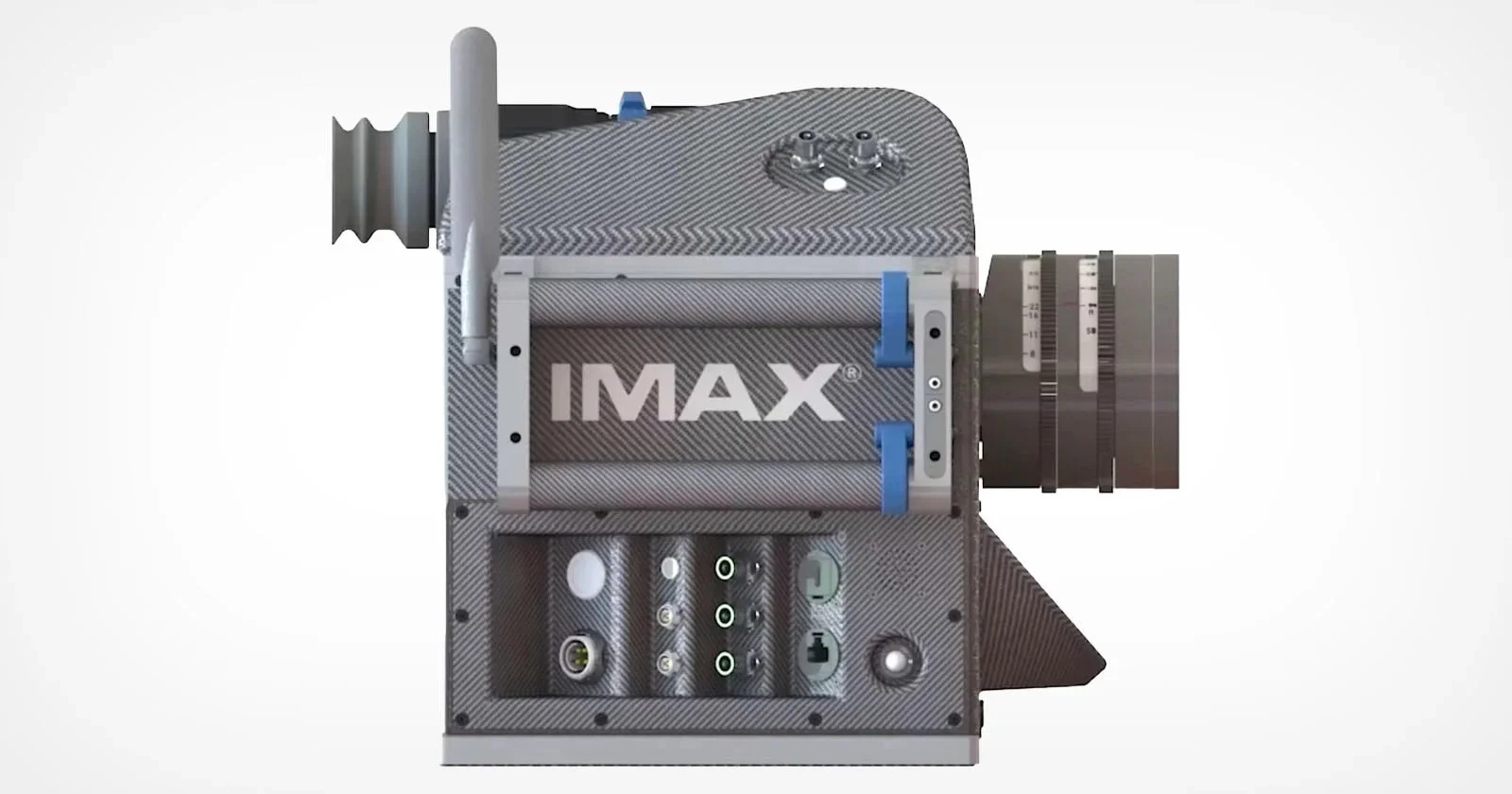The Future of Filmmaking: Introducing the Next Generation of IMAX Cameras
IMAX has recently revealed some fascinating details about its upcoming second generation of 65mm film cameras, and the news is nothing short of extraordinary. These new cameras are set to revolutionize the filmmaking process, combining advanced materials and cutting-edge technology to create a more user-friendly experience for filmmakers.
Advanced Materials for Superior Performance
The new IMAX cameras are constructed from materials commonly found in Formula One cars and fighter jets, including carbon fiber alloys, titanium, and honeycomb sandwich panels. These materials ensure that the cameras are not only incredibly robust but also surprisingly lightweight, making them easier to handle and more versatile on set.
A Complete Overhaul
Unlike their predecessors, which consist of only nine film cameras that are decades old, the second generation of IMAX cameras is being built from scratch. This comprehensive redesign aims to improve every aspect of the camera’s performance. IMAX CEO Richard Gelfond has emphasized that these new cameras are designed to capture better images while being easier to use, making them a significant upgrade over the existing fleet.
Cutting-Edge Features
The new IMAX 65mm cameras boast several innovative features that set them apart from their predecessors and competitors:
Composite Materials: Built with carbon fiber and titanium for enhanced durability and reduced weight.
Advanced Optics: Equipped with new lenses to capture stunning, high-quality visuals.
User-Friendly Interface: Features a five-inch full-color display for easier interaction and control.
Wireless Connectivity: Includes modern connectivity options to streamline the filmmaking process.
High-Resolution Film Format: Capable of shooting 15 perf IMAX analog film in an impressive 18K resolution.
Bridging Analog and Digital
Milos Popvic, a Principal Engineer at IMAX, has highlighted the importance of modernizing film cameras in the digital age. The goal is to bring large-format film cameras to a competitive level with the latest digital cameras, combining the timeless quality of analog film with the convenience of modern digital features. This blend of old and new technology promises to deliver exceptional cinematic experiences.
Impact on Filmmaking
For filmmakers, these advancements are a game-changer. The new IMAX cameras are designed to be less cumbersome, making the filmmaking process smoother and more intuitive. Filmmakers will be able to capture breathtaking IMAX visuals with a camera that’s as easy to handle as their favorite digital models, offering the best of both worlds.
First Look at the Prototypes
IMAX has presented prototypes of these new cameras, and the results are impressive. These prototypes provide a glimpse into the future of cinema, showcasing the potential of these technological marvels. It’s clear that IMAX is committed to pushing the boundaries of what’s possible in filmmaking.
Significance for the Film Industry
The introduction of these new IMAX cameras promises to elevate the quality of films, making cinematic experiences even more immersive for audiences. For filmmakers, these cameras offer a new toolset to bring their creative visions to life in ways previously thought impossible. The combination of advanced materials, user-friendly features, and high-resolution capabilities ensures that the new IMAX cameras will play a pivotal role in the future of filmmaking.
As the film industry continues to evolve, the second generation of IMAX cameras represents a significant leap forward in technology and design. These cameras are poised to set new standards for visual excellence, helping filmmakers create unforgettable cinematic experiences for audiences around the world. The future of filmmaking looks brighter than ever with the advent of these innovative IMAX cameras.


